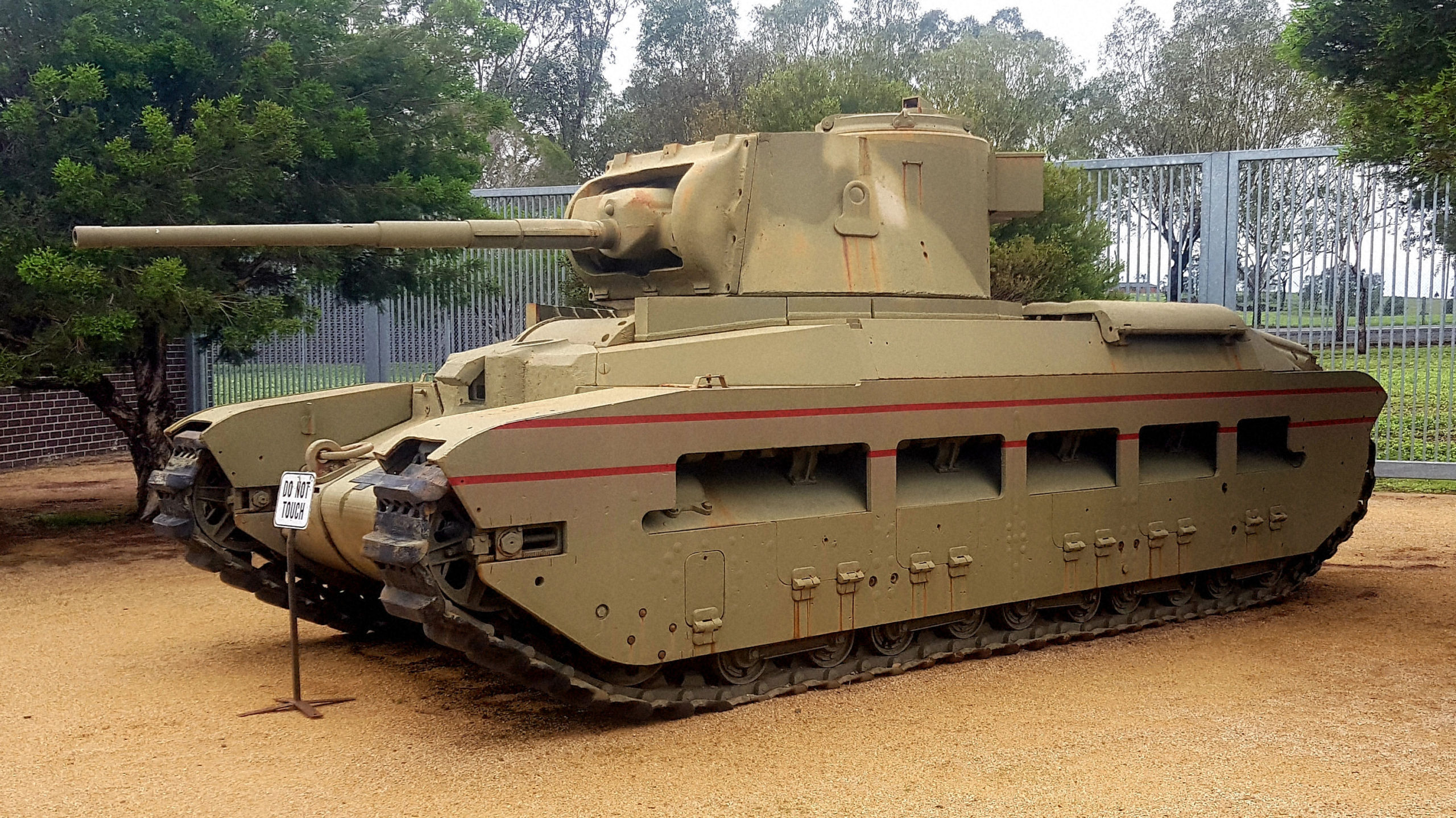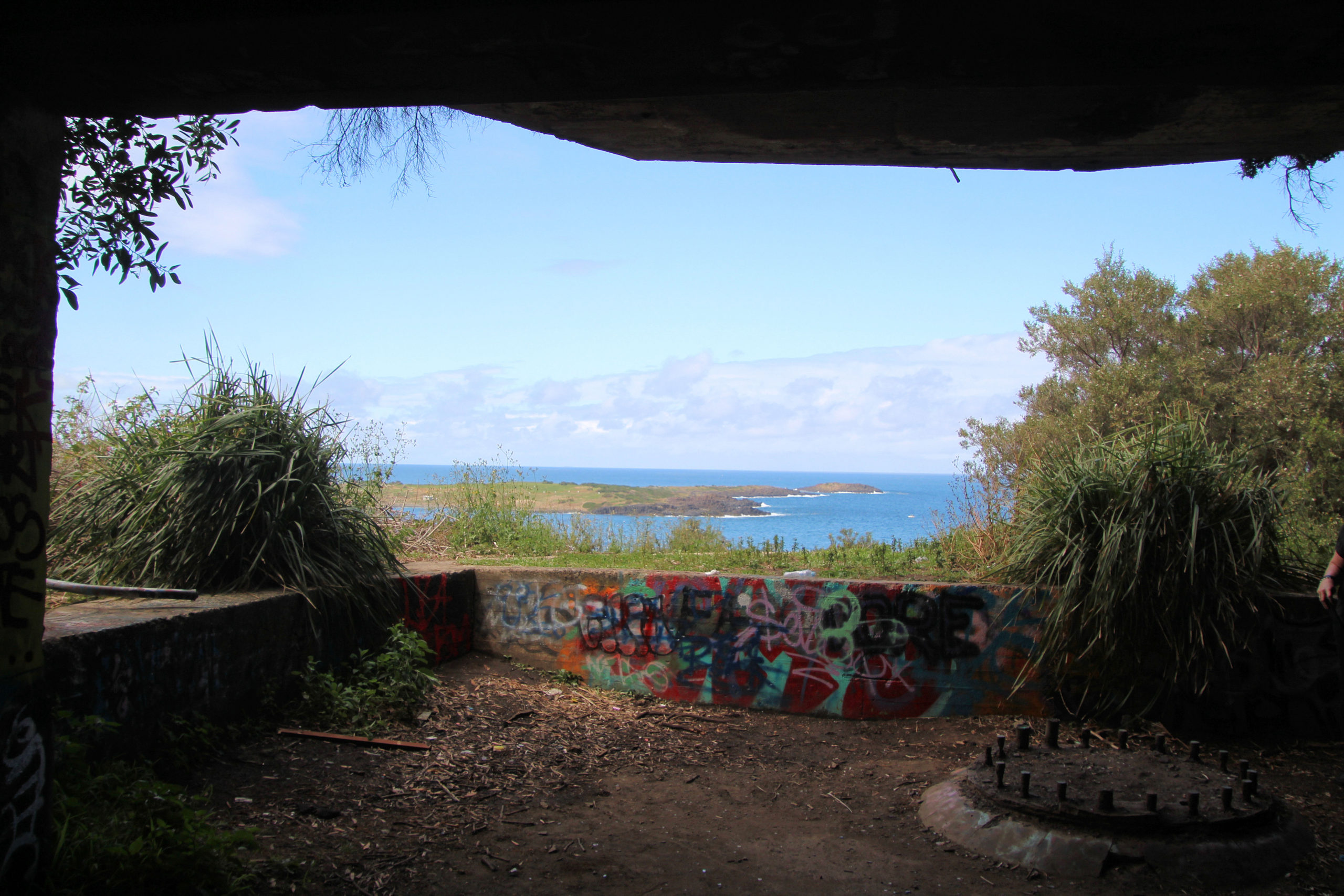Category: Army
-
Australian Army Infantry Museum

Australian Army Infantry Museum Only a ten-minute drive south of Singleton in the Hunter Valley, the Australian Army Infantry Museum showcases the history of Australia’s infantry men and women from colonial times to the present. Entry is free for Australian Defence Force members, with a modest $8.00 fee for adults (2020) and discounts for children… Read more
-
Illowra Hill 60 Battery Port Kembla

Illowra Hill 60 Battery Today the Illowra Hill 60 Battery gives fantastic views over the Illawarra Coastline, however, in World War Two it was the front line of defence for the region. With an observation post on top of the hill, the two guns placed below had commanding views of fire to defend Port Kembla… Read more
-
Small Arms Factory Lithgow

The Small Arms Factory in Lithgow is a reminder of Australia’s industrial past when the country was self reliant and able to produce its small armaments. Now disused the factory is merely an empty shell, although Thales still operate part of the site. However the old administration building is now a museum displaying items once… Read more